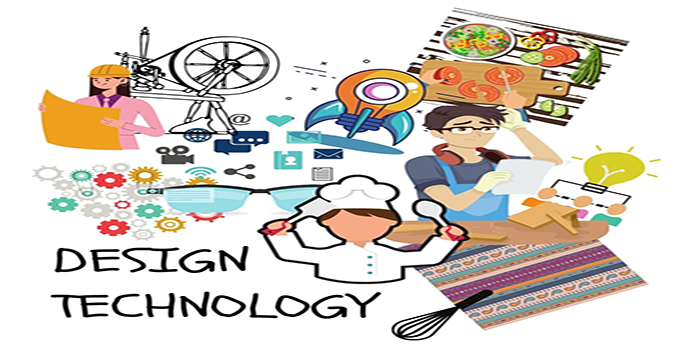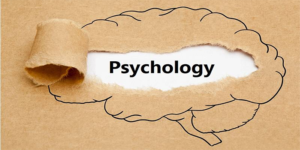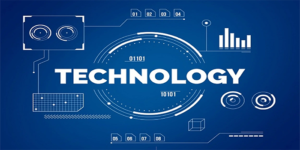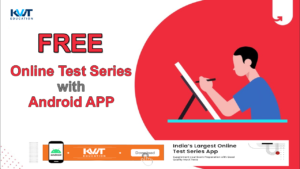
Design and Technology is a subject which combines elements of engineering, science, maths, art and design. It enables students to develop the skills, knowledge and understanding to design and make products and to appreciate the complex relationships between technology, design, materials, manufacturing and production. Design and Technology focuses on the design process and the development of products. Students are taught to think creatively and apply their knowledge of materials, processes and techniques to create solutions to real design problems. Projects can range from designing and making a simple toy, to engineering a complex robot. Design and Technology teaches student to think critically, innovate and problem solve. Students are encouraged to experiment with different materials, processes and techniques while also considering ethical and environmental issues. Design and Technology provides students with the skills and understanding to design and make products which are fit for purpose and aesthetically pleasing. It is an important subject which provides students with the skills they need to pursue careers in engineering, design and manufacturing.
Importance of Design and Technology
Design and technology are important tools to help us innovate and solve problems. Design and technology allow us to create products and services that are tailored to specific needs and wants. They help us to understand how different components interact with each other and how to create efficient and effective solutions for various problems. By understanding design and technology, we can create products that are more efficient and cost–effective, which leads to cost savings and improved user experiences. Additionally, design and technology can be used to create products that are more environmentally friendly, leading to a better world for everyone.
Purpose of Design and Technology
Design and Technology is a field of study which focuses on the design, development and production of products, services and systems. Its purpose is to create a better understanding of how products are designed, produced and used, and to use this knowledge to improve the quality of life and the environment. This can include developing new products and services, improving existing products and services, and understanding how people interact with technology, as well as the implications of technology on society. It also involves understanding the social, economic, and technical aspects of design, production, and consumption.
How To Find Tution and Teacher For Design and Technology
1. Ask friends or family members who have knowledge of design and technology.
2. Contact a local college or university and ask if they offer classes in design and technology.
3. Look online for local tutors or online tutors who specialize in design and technology.
4. Search for online courses or webinars that cover design and technology.
5. Look for local organizations that offer design and technology classes.
6. Contact a professional in the field and ask if they offer any tutoring services.
7. Join an online community or forum to ask questions and get advice from other design and technology professionals.
Point That Cover in Design and Technology
• Design Thinking: Understanding the human need and translating it into a tangible solution.
• Design Process: Planning, creating, testing, and refining a product.
• Technology: Utilizing technology to create products, services, and experiences.
• Material Science: Exploring the properties of different materials and their applications.
• Manufacturing: Understanding and utilizing various production methods.
• Sustainability: Creating products that are environmentally responsible.
• Digital Fabrication: Utilizing digital fabrication tools like 3D printing, CNC machining, and laser cutting.
• Electronics: Utilizing electronic components to design circuits and systems.
• Robotics: Understanding and utilizing robots in the design process.
• Systems Design: Creating systems that are efficient and effective.
• Data Analysis: Utilizing data to inform design decisions.
• Interaction Design: Designing user experiences that are intuitive and engaging.
• Visual Design: Crafting visuals that are compelling and effective.
• User Research: Analyzing user behavior to inform design decisions.






